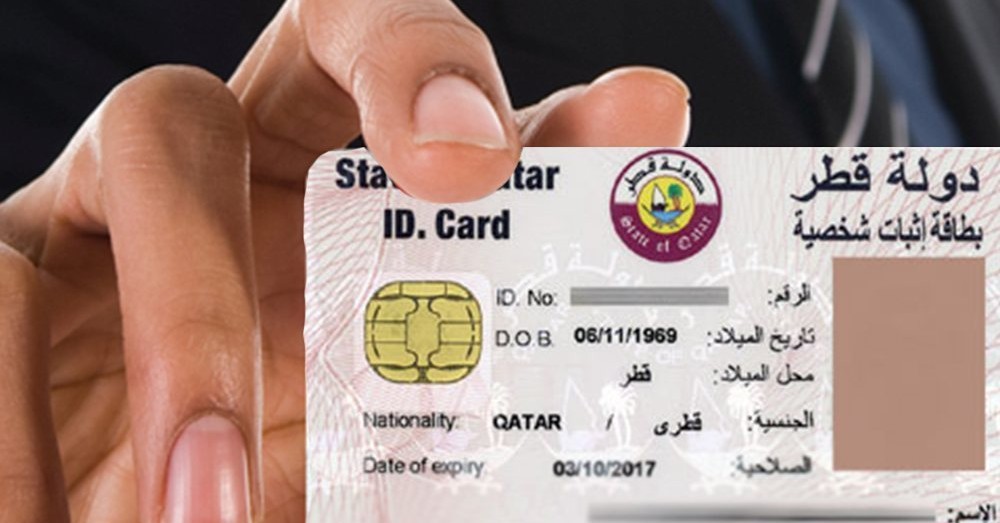QID Check is a time period that has won big traction in numerous industries, in particular in cybersecurity, database control, and identification verification. It refers back to the system of validating a completely unique identifier (QID) to make certain its authenticity, accuracy, and protection. Whether used for compliance, protection audits, or identification verification, QID tests play a vital position in maintaining records integrity and preventing fraudulent sports. This article explores the idea of QID test, its applications, blessings, and how it complements protection in distinctive fields.
What is a QID Check?
A QID test refers to the system of verifying a unique identifier, commonly referred to as QID (Qualified Identification Number or Qatar ID in some cases), in opposition to a database or device to confirm its validity.
Applications of QID Check
QID checks are extensively utilized in a couple of domain names:
Cybersecurity: Ensuring that unique identifiers linked to users Devices. Transactions are valid no longer been tampered.
Government and National Identification: In international locations like Qatar, the QID (Qatar Identification Number) is essential for verifying individuals for felony and administrative purposes.
Database Management: In relational databases, QID assessments assist preserve facts consistency via preventing duplicate or unauthorized entries.
Financial and Banking Sectors: Banks use QID checks to verify purchaser identities and follow KYC (Know Your Customer) policies.
Healthcare Systems: Medical establishments use QID checks to ensure. Affected person data, correctly connected individual.
Importance of QID Check
QID checks provide several benefits, making them important in various sectors:
Enhanced Security: By validating identifiers, organizations can save you identification fraud and unauthorized get entry to.
Data Integrity: Ensures that statistics are correct, specific, and unfastened from duplication or mistakes.
Regulatory Compliance: Many industries have prison requirements mandating identity verification, and QID tests help meet these duties.
Operational Efficiency: Automating QID verification streamlines approaches and reduces guide efforts.
Fraud Prevention: Detects and prevents fraudulent sports by using making sure that specific identifiers match legal facts.
How QID Check Works
The procedure of conducting a QID test commonly involves the following steps:
Data Submission: The specific entered right into a verification device.
Database Comparison: The identifier is matched against. An official database or authentication server.
Validation Authentication: If the QID exists, authentication is granted. Otherwise, the system flags the entry as invalid or suspicious.
Logging & Reporting: The outcomes of the take a look. logged for report-preserving and compliance audits.
Challenges in Implementing QID Checks
Despite their benefits, QID tests come with sure challenges:
Data Privacy Concerns: Handling touchy identifiers requires sturdy information safety measures to prevent breaches.
Integration with Legacy Systems: Many groups struggle to integrate QID checks with older IT infrastructure.
High Implementation Costs: Setting up a secure and dependable QID verification device can be expensive.
False Positives/Negatives: Errors in databases or old records can result in incorrect validation results.
Best Practices for Effective QID Checks
To maximize the effectiveness of QID assessments, businesses should undertake the following best practices:
Regular Database Updates: Keeping facts up to date guarantees correct verification.
Encryption & Security Measures: Using encryption protects identifiers from unauthorized get right of entry to.
Multi-Factor Authentication (MFA): Combining QID tests with other security features strengthens verification methods.
Compliance with Regulations: Adhering to felony standards guarantees the legitimacy of QID verification practices.
Automated Systems: Leveraging AI and automation can beautify efficiency and reduce guide errors.
Future of QID Checks
As QID assessments are predicted to grow to be even greater sophisticated. AI-pushed verification, blockchain integration for tamper-evidence identification control, and biometric authentication improvements will possibly redefine. The adoption of virtual identity answers will in addition streamline verification techniques, making them more stable and green.
Conclusion
QID exams are vital gear for verifying unique identifiers across multiple sectors, from cybersecurity to finance and healthcare. Their ability to beautify security, save you fraud, and ensure regulatory compliance makes them necessary in nowadays’s virtual panorama. However, businesses have to navigate demanding situations consisting of facts privacy concerns and integration complexities to maximize the blessings of QID verification structures. As generation evolves, the destiny of QID tests promises greater efficiency, security, and reliability.
